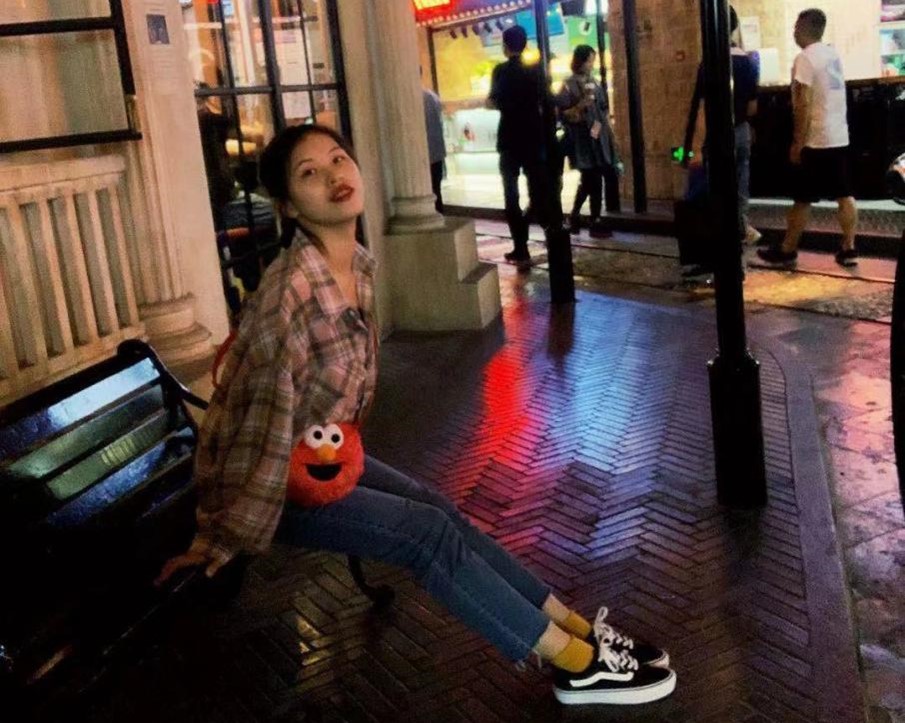Recently, our team has achieved significant progress in the field of material image segmentation by applying a technique called UNet.
Our team has recently published a paper titled “UNet for Material Image Segmentation” in the Chinese core journal “Journal of Computer Applications Research.” The School of Computer Engineering and Science at Shanghai University is listed as the primary affiliation, with Wei Huishan as the first author and Associate Professor Han Yuexing as the corresponding author. This work was also guided by Professor Chen Qiaochuan and other members of the research group.

The microscopic structure of material images often exhibits diverse shapes, complex textures, and blurred boundaries. These characteristics have posed limitations on the development of deep learning methods in the field of material image processing. In this study, we propose Graph-UNet, which combines the UNet architecture with graph convolutional neural networks to address the challenge of automatic segmentation of small-sample material images. We transfer the ideas of multidimensional feature fusion and skip connections from convolutional neural networks to graph convolutional neural networks, enabling an effective combination of graph convolutions and graph attention. Additionally, we establish a versatile module to facilitate the conversion between feature maps and graph structures. Comparative and ablation experiments were conducted on material image datasets, demonstrating that Graph-UNet outperforms many state-of-the-art methods in terms of segmentation results. It accurately identifies various material structures, thereby advancing the exploration of the relationship between material structure and performance.